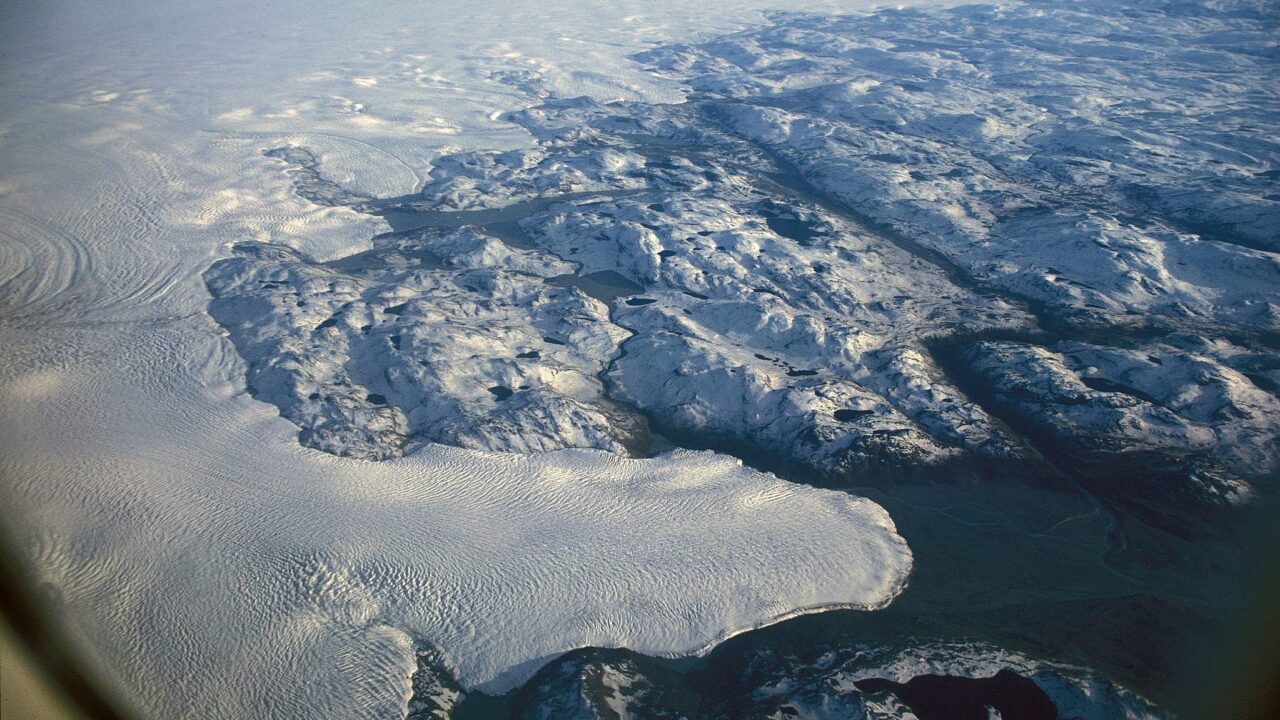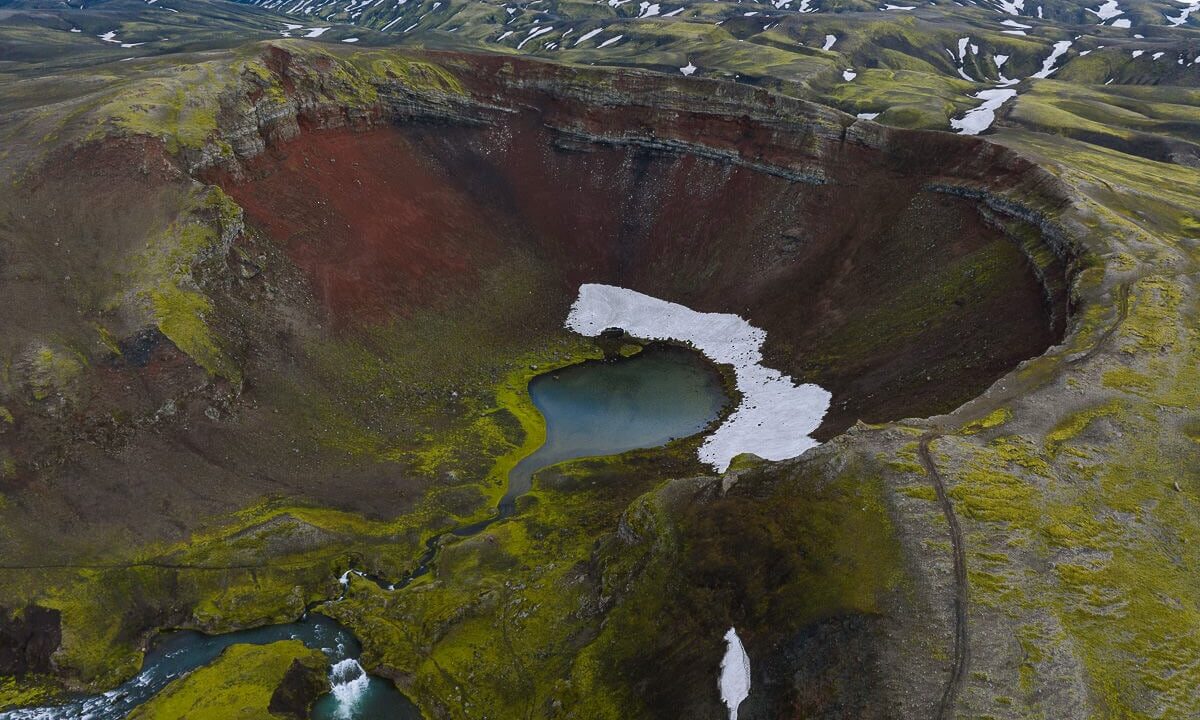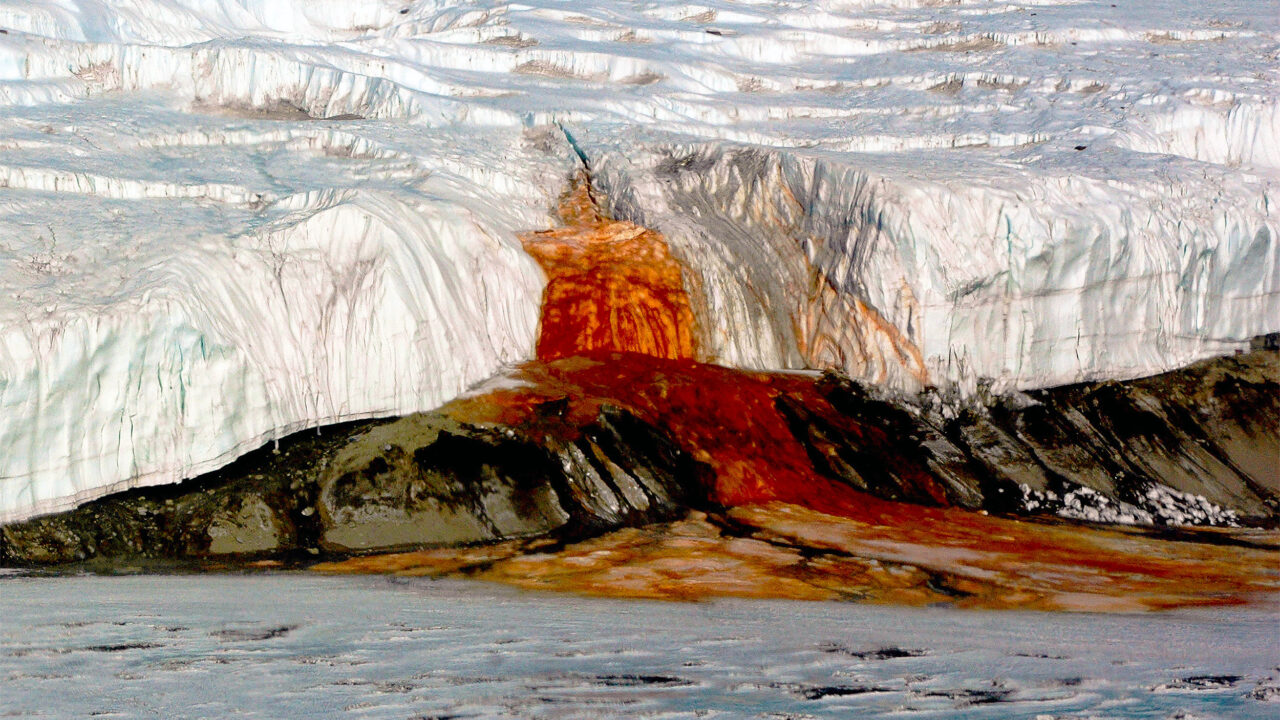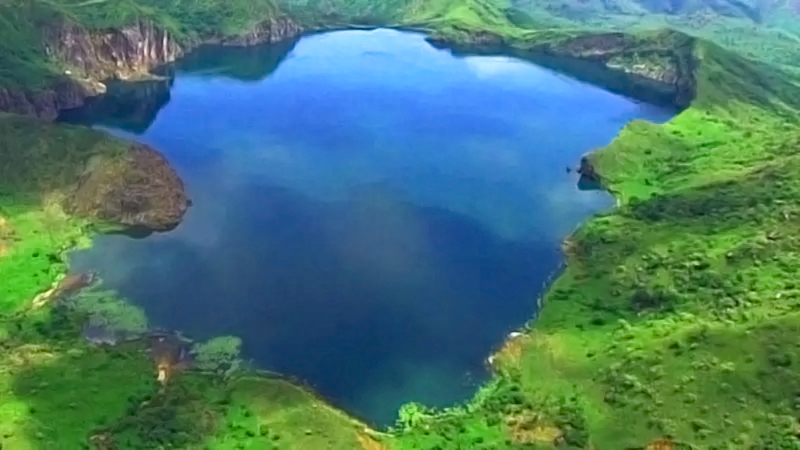Have you ever heard of a lake that exploded? Not because of a volcano or a bomb, but because of poisonous gas that suddenly escaped from the water. This unique yet tragic event really happened at Lake Nyos, a volcanic lake in Cameroon, Central Africa.
The Tragedy of Lake Nyos August 21, 1986
On the night of August 21, 1986, residents around Lake Nyos were shocked by an unexpected disaster. The seemingly calm water of the lake was actually hiding a deadly threat. Carbon dioxide (CO₂), which had been trapped at the bottom of the lake for years, suddenly erupted to the surface in massive amounts.
The gas formed a giant cloud and rolled into the surrounding valleys. In an instant, thousands of people lost their lives. Records show that about 1,700 residents and more than 3,000 livestock suffocated after inhaling the toxic gas. Even more terrifying, many victims were found still in their sleeping positions, as if they had never realized the danger that had struck.
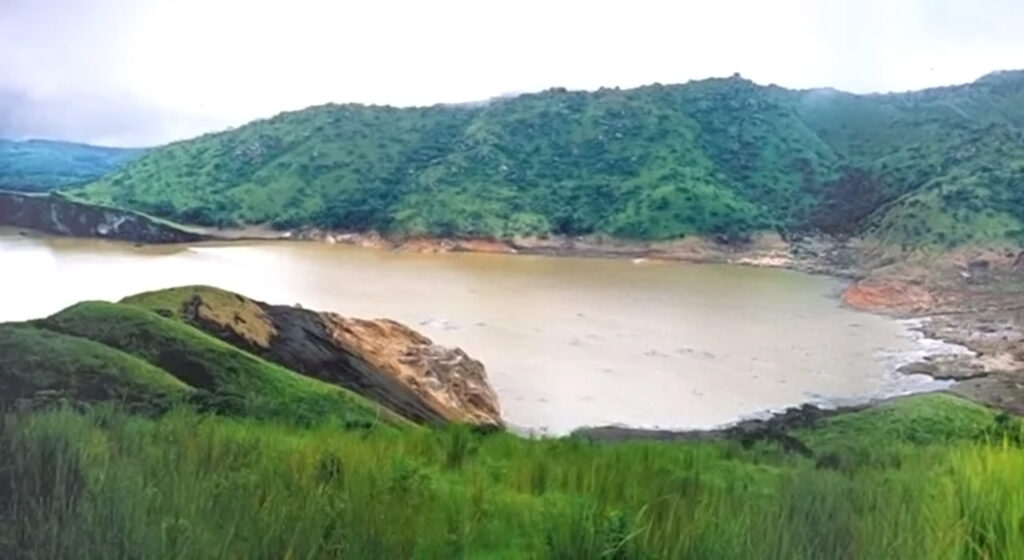
Why Did Lake Nyos Explode?
This phenomenon is known as a limnic eruption. There was no fire or lava, but the release of gas was so powerful that it:
- Created huge waves in the lake.
- Knocked down nearby trees.
- Gave the impression of a massive explosion.
That’s why Lake Nyos later earned the nickname “the exploding lake.”
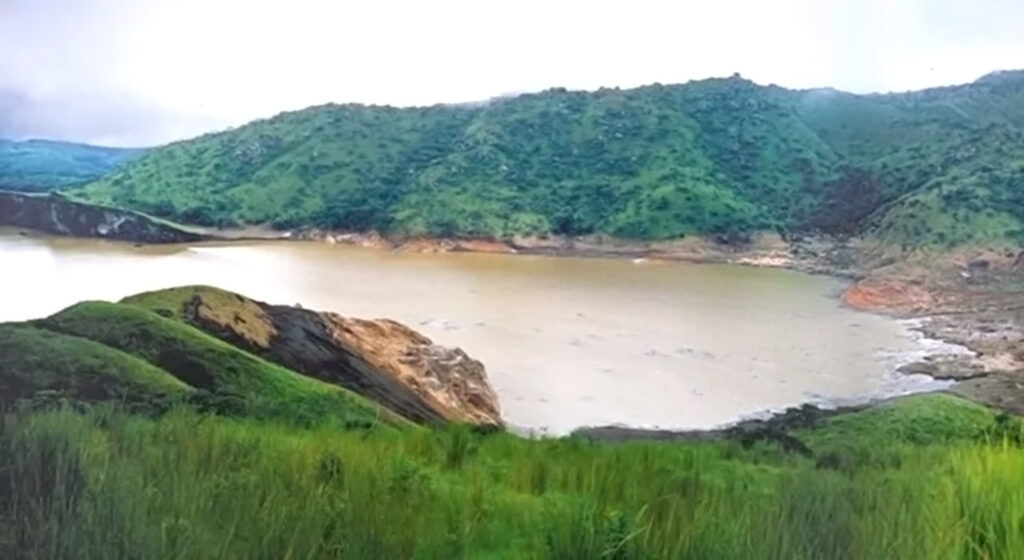
Prevention Efforts
After the tragedy, scientists installed special degassing pipes in Lake Nyos. Their function is to slowly release CO₂ so it won’t accumulate again in dangerous amounts.
Interestingly, only two lakes in the world have ever experienced a limnic eruption:
- Lake Monoun (1984) – also in Cameroon.
- Lake Nyos (1986).
Lessons from Lake Nyos
This tragedy is a reminder that natural disasters are not always in the form of earthquakes, tsunamis, or volcanic eruptions. Sometimes, danger comes from something that looks calm and peaceful, like a lake.
So, if you ever hear the story of “the exploding lake,” now you know it refers to Lake Nyos in Cameroon one of the most unique and mysterious disasters in history.


